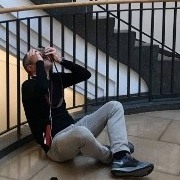The "Leica Look" is real!
-
Recently Browsing 0 members
- No registered users viewing this page.
-
Similar Content
-
- 0 replies
- 408 views
-
Q3 - Leica Looks 1 2 3 4 5
By brettgoulder,
- 85 replies
- 18,582 views
-
- 3 replies
- 1,226 views
-
Leica Looks
By Ulimiami,
- 6 replies
- 1,494 views
-
- 1 reply
- 169 views
-





Recommended Posts
Join the conversation
You can post now and register later. If you have an account, sign in now to post with your account.
Note: Your post will require moderator approval before it will be visible.